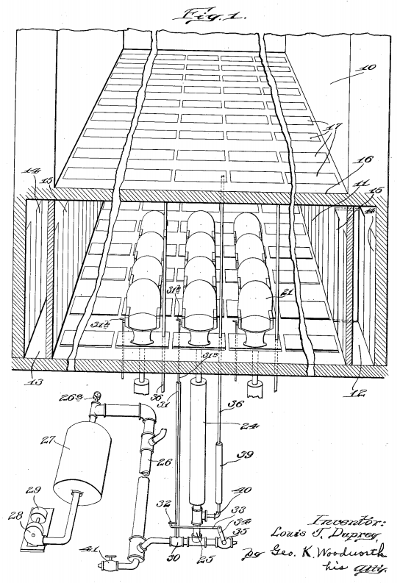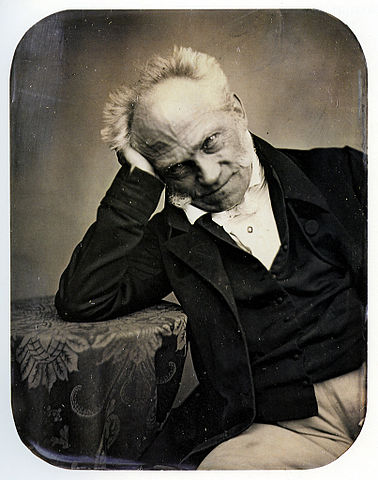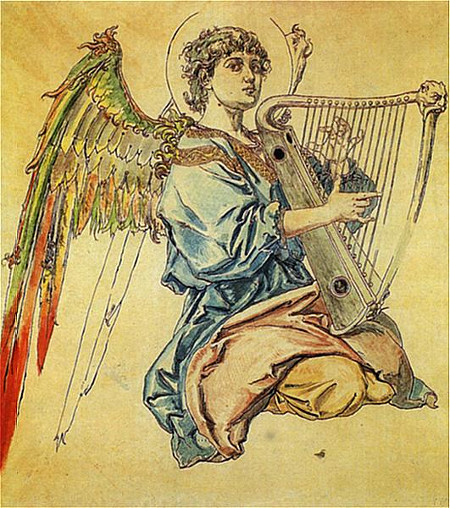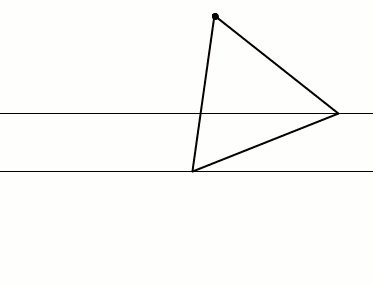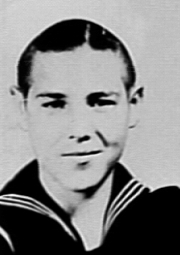
Shortly after Pearl Harbor, a 12-year-old boy walked into an Arizona recruiting office and said, “I want to join the Army and shoot some Japs. Sure, I’m 17 years old. You enlist men 17 years old, don’t you? I don’t need my mother’s consent … I’m a midget.”
He didn’t get in, but other boys did. In 1942 the Marines issued an honorable discharge to William Holle of Eau Claire, Wis., who had enlisted the previous year at age 12. And 13-year-old Jackie MacInnes of Medford, Mass., took his older brother’s birth certificate to a Boston enlistment office, forged his parents’ signatures on the consent papers, and reported for duty at Newport, R.I. “Everything was going fine,” ran one news report, “until he wrote a letter home.” His parents came to pick him up.
At least one underage enlistee escaped detection — in 1988 Ronald Reagan signed a special bill granting disability benefits to Calvin L. Graham, above, a Marine veteran injured at Guadalcanal. The Navy had denied them because he’d lied about his age when enlisting. He was 12.
(From William M. Tuttle Jr., “Daddy’s Gone to War,” 1993.)

